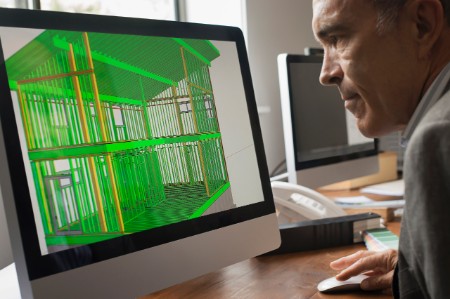It is helpful to think of building automation systems (BAS) systems as the combination of hardware infrastructure with communications networks for automation and control to improve the operations and interactions between these systems.
While the hardware tends to be the primary eye-catching focus of a smart building BAS, it is the software that provides the communications input for decision-making — both for real-time solutions to immediate problems and, more important, to implement long-term, predictable performance standards.
Indeed, a BAS alone is typically not enough to make a building smart. From an operations standpoint, a smart building is the result of aggregating the data produced from these systems in a platform where thoughtful analysis can occur. Significant efficiencies can then be found through fault detection and resolution, as well as improvements in the occupant experience.
As noted in a lecture given at the University of California, Santa Barbara, by Darrell Smith, Director of Facilities Services, Real Estate & Workplace Services at Microsoft, fault detection and resolution is one of the primary keys to achieving sought-after improvements in return on investment.
Prior to the implementation of such capabilities, standard resolution practices demanded the presence of an engineer. Smith reported that, within that scenario, Microsoft engineers were spending 80% of their time as firefighters and 20% of their time in their true capacity as engineers.
That changed with the installation of BAS
In addition, after implementation, the global technology giant realized US$240,000 in energy savings in a 30-day time frame — in just one campus. Furthermore, analytics proved that 48% of the issues identified across their portfolio could be resolved within 60 seconds, a major savings in staff usage.
It should be noted here that an average, modern commercial building can sometimes employ no fewer than 14 systems that simultaneously contribute to its daily operations. But it should be noted as well that an effective BAS does not have to be the sole province of “modern” class A office assets.


